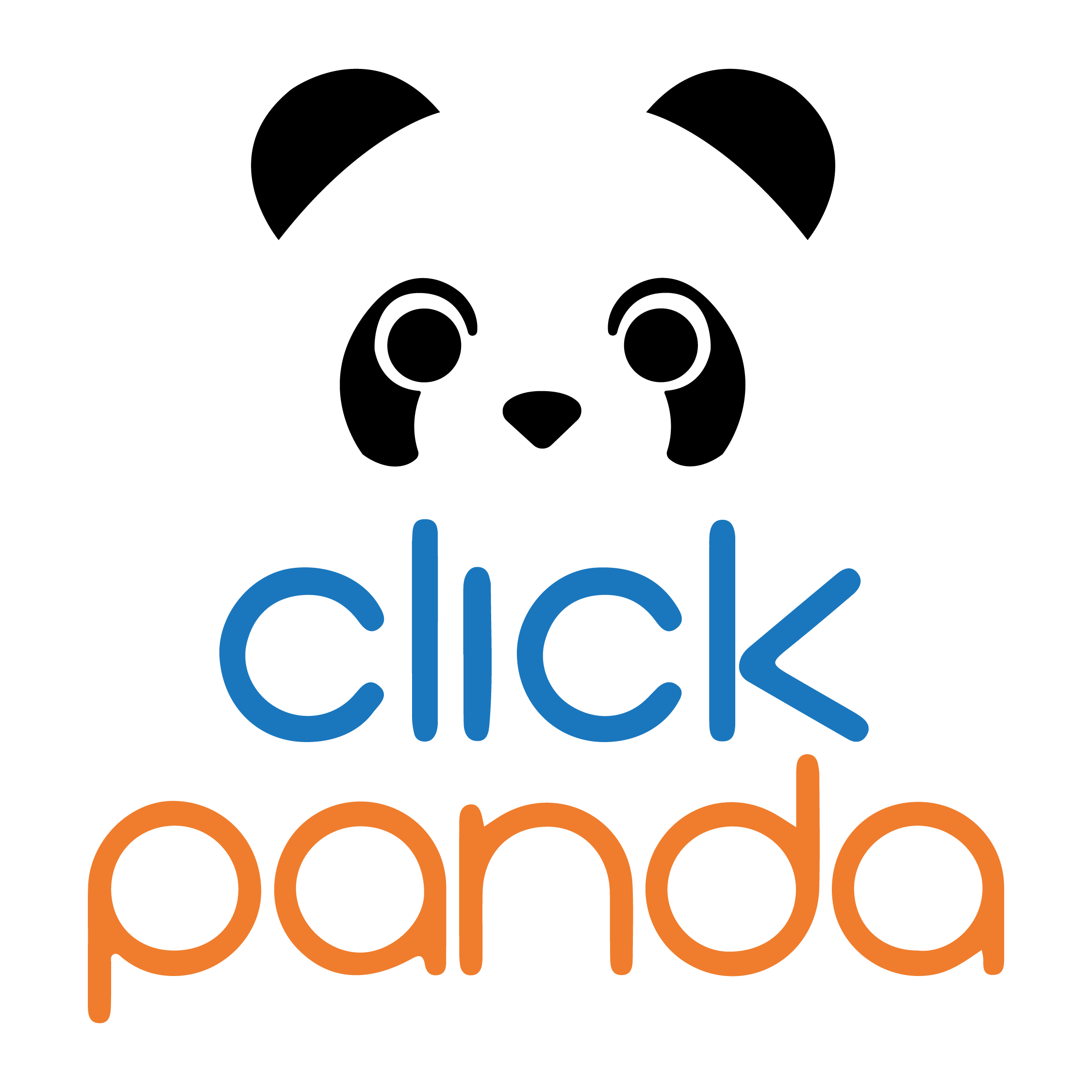
Table of Contents
The importance of making online information and experiences accessible to everyone cannot be underestimated. In this article, we will explore the essential task of making a website more accessible. Web accessibility is not only an ethical imperative to ensure the inclusion of people with diverse abilities and disabilities, but it is also a key component of improving the overall user experience.
What is Web accessibility?
Web accessibility refers to the practice of designing and developing websites and applications so that they are accessible to all people, regardless of their abilities or disabilities. The goal is to ensure that all people, including those with visual, hearing, motor, or cognitive disabilities, can access and use the information and functions of a website effectively.
Keys to Inclusive Design
Compliance with Accessibility Guidelines (WCAG)
The basis for inclusive design lies in following the Accessibility Guidelines for Web Content Accuracy Guidelines (WCAG) established by W3C. These guidelines provide clear criteria for creating accessible web content, covering aspects such as perception, operability and comprehension. It is essential that site design and development adhere to these guidelines to ensure a consistent and accessible experience for all users.
Intuitive and Flexible Navigation
An inclusive design should prioritize intuitive navigation. This implies menus and page structures that are clear and easy to understand. In addition, flexibility in navigation should be provided, allowing users to access content efficiently, whether by keyboard, mouse or other assistive devices.
Contrast and Readability
Legibility is key for users with visual or cognitive disabilities. Make sure there is a strong contrast between text and background, making it easy to read. Also, choose legible fonts and allow for adjustments in text size to suit individual preferences.
Compatibility with Assistive Technologies
Ensure that your website is compatible with assistive technologies such as screen readers and specialized keyboards. This involves assigning descriptive tags to elements, properly structuring content, and providing textual alternatives for non-textual elements such as images.
Responsive Design
Adopting responsive design is crucial to ensure that the website adapts to different devices and screen sizes. This not only benefits mobile users, but also improves accessibility for people with disabilities who use assistive technologies.
Real User Testing
Direct feedback from users is essential. Conduct usability testing with people with various abilities and disabilities to identify potential barriers and continually improve the accessibility of your website.
Accessible Multimedia
If your site includes multimedia content, such as videos or podcasts, make sure they are accompanied by transcripts, captions and descriptions, allowing users with hearing or visual disabilities to access the information fully.
Clear and Simple Language
Use clear and simple language in your texts to facilitate comprehension. Avoid unnecessary jargon and complex structures. This benefits users with cognitive disabilities and those whose primary language is not the same as the website language.
Focus on Consistency
Maintain consistency in the design and layout of pages. A consistent structure makes it easier for users to understand and navigate the site. Navigation elements, buttons and labels should follow a uniform pattern throughout the site.
Avoid Confusing Elements
Eliminate or minimize the use of confusing elements such as flashing animations or abrupt changes in content. These elements may be distracting to people with visual or cognitive sensitivities.
Alternative Text for Images
Provides textual descriptions (alternative text) for all images. This is essential for visually impaired users who use screen readers. Make sure the alt text is descriptive and conveys the essential information of the image.
Heading and paragraph structure
Organize content through a clear structure of headings and paragraphs. Use hierarchical headings to indicate the structure and relationship between sections. This not only makes it easier to read, but is also beneficial for users with screen readers.
Descriptive Links
Make sure links have descriptive text instead of simply saying "click here". This makes it easier for users to understand where the link will take them and is beneficial for those using screen readers.
Text Customization
Provides options for users to customize text, such as adjusting size and spacing. This benefits people with visual or cognitive disabilities, as well as those who prefer specific text settings.
Accessibility Evaluation Tools
Ensuring web accessibility involves not only the implementation of practices during design, but also the ability to constantly evaluate and improve. Here, accessibility evaluation tools play a crucial role by providing detailed analysis of compliance with established guidelines. Some notable tools include:
- Google Lighthouse: This tool, integrated into Google Chrome, evaluates the overall quality of a website, including its accessibility. It provides detailed scores and specific suggestions for improving the user experience, focusing on key aspects such as performance, accessibility, best practices, SEO and progressivity.
- Axe Accessibility Checker: axe is an accessibility evaluation tool that can be integrated into a variety of development and testing environments. It provides detailed reports on potential accessibility issues, along with recommendations for addressing them.
- Dyno Mapper: DYNO Mapper is a tool designed to help companies evaluate and improve various aspects of their online presence. This program offers features for testing content, generating site maps and verifying the accessibility of a Web site. Users can choose to use any or all of the features offered by DYNO Mapper. Pricing plans vary, starting at $49 per month and going up to $360 per month, with more options and features available as a more advanced plan is chosen. DYNO Mapper stands out for its automated testing capabilities, such as site auditing, content inventory and daily keyword tracking. However, it is important to note that support options may be limited for those who require additional assistance in utilizing the services offered by DYNO Mapper.
Web accessibility is an essential commitment to ensure that all users, regardless of their abilities, can fully enjoy the online experience. From the initial assessment to the implementation of inclusive practices, every step contributes to building a more accessible and equitable digital space. Remember that accessibility is not only an ethical responsibility, but also an opportunity to reach a wider and more diverse audience.
If you're ready to take your website to the next level, learn about the services we have for you at ClickPanda.com. We are here to provide you with comprehensive solutions that support your site's accessibility and performance.







